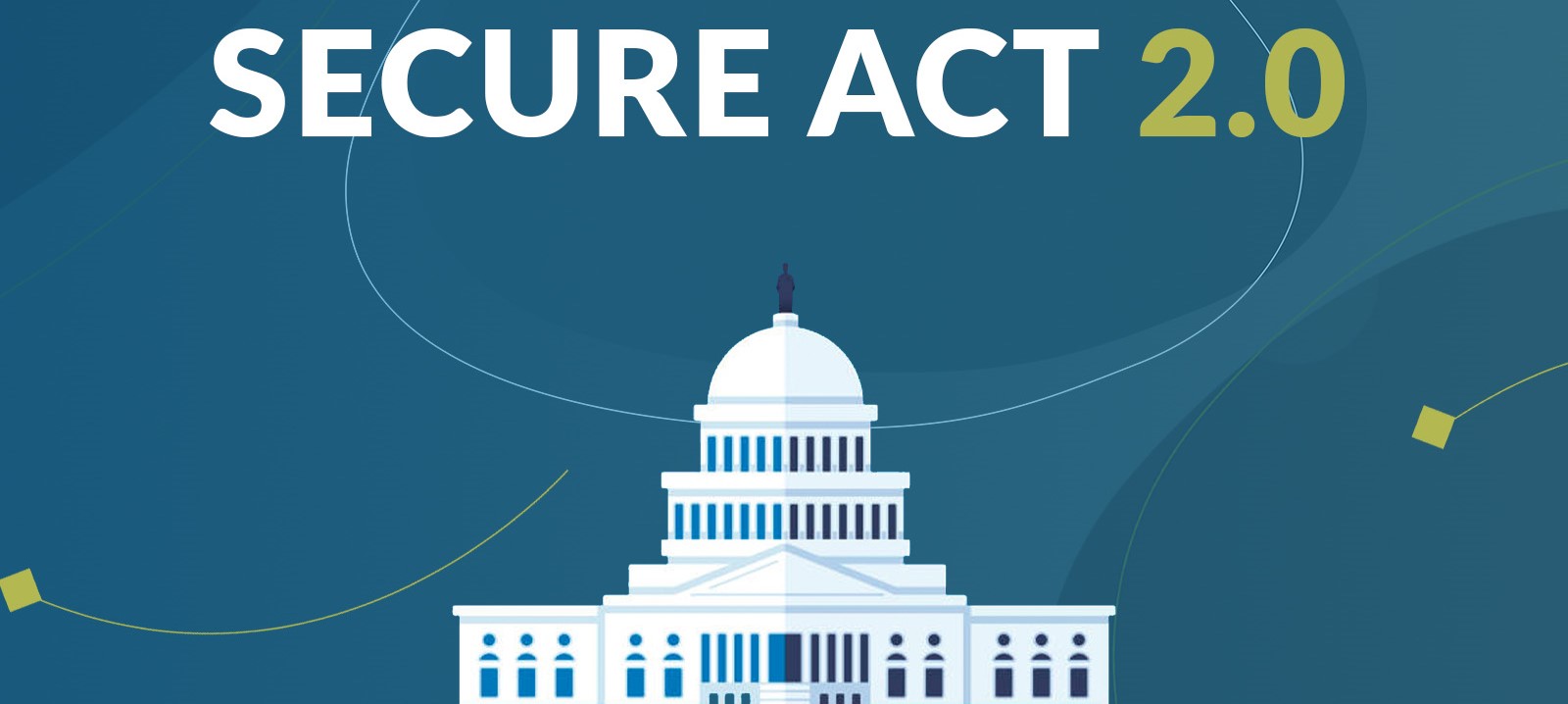When an IRA owner dies, we look to the beneficiary form to determine who should receive the IRA funds. After death, there is a transition process as assets are moved into an inherited IRA for the beneficiary. But what if an IRA beneficiary death occurs after the death of the original IRA owner, but prior to claiming the account? After all, it can be well over a year before any action needs to be taken by the beneficiary. A lot could happen in that time. Are there any protocols or rules to follow in such a scenario?
Are the IRA dollars now suddenly in limbo with no owner?
In fact, determining how the IRA is to be distributed when the beneficiary dies before claiming the account is clear. The assets do NOT go to the contingent beneficiary. If the original IRA owner named contingent beneficiaries on the beneficiary form, those names are null and void if the primary beneficiary is still alive when the owner dies. Assuming the primary beneficiary does not disclaim any portion of the IRA, the names on the contingent line become meaningless. The moment an IRA owner dies, the primary beneficiary is immediately deemed to be the new owner of those assets.
During a normal transition period, the beneficiary determines what options she has. Is she a spouse who can do a spousal rollover into her own IRA? Does she want to take a lump sum distribution? Is she eligible to stretch the required minimum distribution (RMD) payments? Does the 10-year rule apply? Additionally, if the beneficiary is establishing her inherited IRA, she will name her own beneficiaries (successor beneficiaries) on a fresh beneficiary form.
However, if this first beneficiary dies prior to claiming the inherited dollars – and prior to naming a successor beneficiary – there are definitive “next steps” to follow:
Next Steps
The moment the original IRA owner dies, the beneficiary owns the IRA assets. If that beneficiary does not claim the account (i.e., complete any paperwork to officially accept/transition the dollars) and subsequently dies, the account is deemed to be an inherited IRA with no named beneficiary. Since there is no named beneficiary, we look to the default beneficiary as determined by the custodial document. Oftentimes this is the estate.
Technically, the estate is a successor beneficiary in such cases. As a successor, the estate would be bound by the 10-year rule. This would either be a fresh 10 years or the remainder of the first beneficiary’s 10-year period (depending on the type of beneficiary who first inherited the account).
Example:
John, age 75, has a traditional IRA. He dies with his sister Kathy as his primary beneficiary and Kathy’s children (John’s nephews) named as contingents. Kathy, age 72, qualifies as an eligible designated beneficiary (EDB) because she is not more than 10 years younger than John. Eight months later, before completing any paperwork to claim the account, Kathy dies. The assets do NOT pay to the contingent nephews. Kathy, as an EDB, is deemed to have created an inherited stretch IRA. The custodial document identifies her estate as the default beneficiary. An estate-owned inherited IRA is established. Since Kathy was an EDB and allowed to stretch RMD payments, the estate, as successor, receives a fresh 10-year rule. RMDs are due in years 1 – 9 based on Kathy’s single life expectancy, and the estate-owned account must be emptied by the end of year 10.
By Andy Ives, CFP®, AIF®
IRA Analyst
Copyright © 2023, Ed Slott and Company, LLC Reprinted from The Slott Report, 2022, with permission. Ed Slott and Company, LLC takes no responsibility for the current accuracy of this article. Content posted in Ed Slott’s IRA Corner was developed and produced by Ed Slott & Co. to provide information on a topic that may be of interest. Ed Slott and Ed Slott & Co. are not affiliated with Ethos Capital Management, Inc. The opinions expressed and material provided are for general information and should not be considered a solicitation for the purchase or sale of any security. The tax information provided is general in nature and should not be construed as legal or tax advice. Information is derived from sources deemed to be reliable. Always consult an attorney or tax professional regarding your specific legal or tax situation. Tax rules and regulations are subject to change at any time. Ethos Capital Management, Inc. is a registered investment adviser. The firm only conducts business in states where it is properly registered or is excluded from registration requirements. Registration is not an endorsement of the firm by securities regulators and does not mean the adviser has achieved a specific level of skill or ability.











